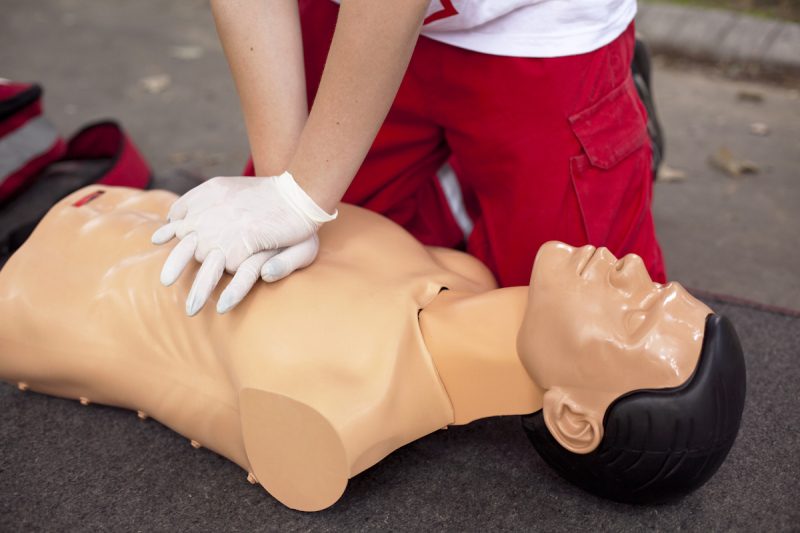American Heart Association Certification Classes
Health Design offers a variety of AHA certification courses to meet your needs. The AHA is the leader in resuscitation science, education, and training. Millions of healthcare providers and others trust the AHA for their lifesaving training. We offer local, onsite, and virtual training.

WHAT DO YOU NEED? Click on the links below for more information and to register for a class.
BLS CPR AED
FIRST AID
QUESTIONS? Email carol@HealthDesignNH.com
BLS (Basic Life Support) Provider is the clinical certification most healthcare providers and workers are required to maintain. Basic Life Support (BLS) for Provider Classroom Course is designed to provide a wide variety of healthcare professionals/clinicians the ability to perform CPR, use an AED, and relieve choking in a safe, timely, and effective manner. Required student workbook purchased separately and provides a 2-year certification. CLICK HERE for more details and to reserve your seat.
HeartCode BLS Provider Skills Session is the required, in-person testing to complete the BLS certification after taking the online course. All details will be provided via email after completing the registration. CLICK HERE for more details and to reserve your seat.
Heartsaver® CPR AED (non-clinical) is a classroom, video-based, instructor-led course that teaches adult, child, and infant CPR and AED use, as well as how to relieve choking. Required student workbook purchased separately and provides a 2-year certification. CLICK HERE to request more information regarding availability.
Heartsaver® First Aid is a classroom, video-based, instructor-led course that teaches students critical skills to respond to and manage an emergency in the first few minutes until emergency medical services (EMS) arrives. Required student workbook purchased separately and provides a 2-year certification. CLICK HERE to request a class.
Need a First Aid kit? CLICK HERE

Heartsaver Bloodborne Pathogens (onsite or virtual with a live instructor) teaches employees how to protect themselves and others from being exposed to blood or blood-containing materials. This course is designed to meet Occupational Safety and Health Administration (OSHA) requirements for bloodborne pathogens training when paired with site-specific instruction.
CLICK HERE to sign up for a live virtual Bloodborne Pathogens class.
CLICK HERE to request an onsite Bloodborne Pathogens class.

AED Training is part of every CPR class. However, AED Training can also be provided as a stand-alone class for employees, whether they are certified or not. AED Training provides the critical skills needed to potentially save a life in the event of a medical emergency. CLICK HERE to request an onsite class.
“Thank you so much for the informative and professional, yet relaxed, way in which you conducted your CPR class.” -Gayla Olesky
The American Heart Association strongly promotes knowledge and proficiency in all AHA courses and has developed instructional materials for this purpose.
Use of these materials in an educational course does not represent course sponsorship by the AHA.
Any fees charged for such a course, except for a portion of fees needed for AHA course materials, do not represent income to the AHA.
DISCLAIMER: Health Design is an affiliate of several businesses and may make a commission on products or services promoted on this website.
www.AmericanHeartBLS.com
www.AmericanHeartFirstAid.com
Check the scene for safety, check for responsiveness, call 911 and get an AED, check breathing, begin chest compressions and give breaths, use AED when it arrives, repeat.
CPR stands for Cardiopulmonary resuscitation, a potentially life-saving procedure that can be used when a person is unconscious and not breathing.
Check, call, and care.
Airway, breathing, and circulation. Although, if a person needs CPR, the compressions (circulation) are started before giving breaths.
